In the last 10 years, e-commerce has taken off and gone mainstream. More and more people are now shopping online (especially after the pandemic), and global e-commerce sales are projected to reach $8 trillion by 2027.
This presents a massive opportunity for businesses to grow by selling products online. However, with all the competition, making your e-commerce business stand out and attract customers can take time and effort.
In this comprehensive guide, we will walk you through 11 essential steps to help you successfully grow your online business. So, let’s get started!
Key Takeaways from this Post
E-commerce Growth Steps: Select the right platform, optimize site design, focus on SEO, create excellent product content, utilize email marketing, leverage social media, run ads, offer promotions, expand sales channels, provide great customer service, and analyze metrics.
Growth Channels and Strategies: Optimize your online store, use marketplaces like Amazon and Etsy, engage on social media, collaborate with influencers, explore physical retail options, and expand to international markets.
Essential Tools and Challenges: Utilize tools like Link My Books for automated bookkeeping to save time and ensure accuracy. Overcome challenges like technical complexity, competition, and order management by investing in expertise, differentiating your brand, and streamlining operations.







TL;DR - How to Grow an E-commerce Business
Here is a quick overview of the 11 steps we will cover to grow your e-commerce empire:
- Choose the right e-commerce platform.
- Optimize site design and user experience.
- Focus on search engine optimization.
- Provide excellent product content.
- Utilize email marketing.
- Leverage social media.
- Run targeted ads.
- Offer promotions and loyalty programs.
- Expand sales channels.
- Provide fantastic customer service.
- Analyze metrics and iterate.
If you're struggling with bookkeeping and accounting for your e-commerce venture, consider checking out Link My Books – a powerful tool that automates the entire process, saving you time and money.
Sign up for our 14-day free trial to begin accurately accounting for your e-commerce sales!

E-commerce Growth Channels to Consider
When looking to expand your e-commerce business, there are a few key channels you should consider:
- Your Online Store: This includes your website and mobile apps. Focus on optimizing these central sales channels.
- Marketplaces: Selling on sites like Amazon, eBay, and Etsy can help you tap into existing traffic.
- Social Media: Platforms like Facebook, Instagram, and TikTok enable social selling to engage customers.
- Influencer Marketing: Influencers can create authentic content that resonates with their followers, increasing your brand's visibility and credibility.
- Physical Retail: Pop-up shops, trade shows, and wholesale partnerships can complement online sales.
- International Markets: Expanding globally can open up new customer bases. Adapt your site for different regions.
11 E-commerce Growth Strategies
Now, let's explore 11 concrete strategies to boost growth across these channels.
1. Choose the Right E-commerce Platform
Your e-commerce platform is the foundation of your online business. The right platform makes it easy for you to manage products, customize branding, handle transactions, and scale growth.
Popular options to consider include:
- Shopify
- User-friendly, with lots of themes and integrations
- Best for small/medium retailers
- BigCommerce
- More advanced features and enterprise options
- Ideal for fast-growing brands
- WooCommerce
- Build a WordPress store
- Very customizable
- Best for tech-savvy owners
- Squarespace
- Focuses on beautiful design
- Simple for beginners
- Limited product variants
- Magento
- Robust capabilities for complex B2B product catalogs
- Steep learning curve
Look for a platform that aligns with your level of technical expertise, product catalog needs, and future business goals.

2. Optimize Site Design and User Experience
Converting website visitors into paying customers requires an excellent user experience. Ensure your site design showcases your products in the best light and facilitates seamless browsing and purchasing.
Key elements to optimize include:
- Visual Design: Use appealing imagery, fonts, colors, and branding
- Layout: Intuitive navigation menus and product category pages
- Page Speed: Faster load times improve conversions
- Responsiveness: Mobile-friendly adaptive design
- Clear CTAs: Call-to-action buttons for desired user flows
Testing variations with A/B testing tools can help identify your online store's optimal layouts and features.
3. Provide Excellent Product Content
Thorough, compelling product content builds trust in your business and products. Product detail pages are a focal point of e-commerce sites, so optimizing these for conversion is crucial.
Elements of stand-out product content include:
- High-quality images showing key features
- Videos and 3D models to showcase from all angles
- Clearly explaining product specs and benefits
- Sizing charts/guides for apparel and related items
- Customer reviews and ratings as social proof
- Calls-to-action to add to cart or purchase now
Combining these elements provides the perfect content users want to make decisions.
4. Leverage Social Media
Billions of users around the world actively engage with social platforms daily. Tapping into this attention via social commerce provides a low-barrier way to find new customers.
Proven social media tactics include:
- Creating social content about your products and brand story
- Influencer collaborations to access the following
- Shoppable digital advertisements that drive site traffic
- Providing exclusive offers to social communities
- Hosting live video shopping streams on platforms supporting in-app purchases
- Sharing compelling user-generated content from customers
Promotions centered around new product launches or special sales events also perform well. Take Mia Dickson, for example. She launched her business, Safe Bandz, just three weeks before deciding to post about her emergency contact wristbands on TikTok.
The momentum from TikTok helped Safe Bandz generate $10,000 in sales within the first two weeks after launch.
Short-form video platforms like TikTok, Instagram Reels, and YouTube Shorts have a unique language. Learn this language to connect with your audience and maximize your organic reach.

5. Focus on Search Engine Optimization
Showing up prominently in search engines like Google helps you get discovered by customers actively looking for your products. This organic traffic can significantly reduce customer acquisition costs.
In fact, most e-commerce owners make the mistake of blowing up their marketing budget on advertising rather than exploring good old organic channels.
Core aspects of e-commerce SEO include:
- Keyword research to optimize pages for relevant queries
- Adding semantic product schema markup
- Creating unique meta descriptions that stand out
- Generating backlinks from related e-commerce sites
- Publishing long-form blog content with keywords
- Technical website optimizations for page speed
Mastering SEO provides lasting results. Combine search visibility with paid ads for a marketing one-two punch.
6. Utilize Email Marketing
Email marketing enables targeted messaging that keeps your brand top-of-mind while promoting products, offers, and content. When used effectively, email converts substantially better than social media.
Best practices for e-commerce email marketing success include:
- Offering an incentive for email sign-ups
- Personalizing emails using segmentation
- Automating post-purchase order confirmation emails
- Promoting sales, specials, and seasonal deals
- Sending cart abandonment emails to re-engage shoppers
- Recommending complementary or related products
Focus on converting subscribers and retaining existing customers. Welcome Series and loyalty programs drive repeat business.
7. Run Targeted Ads
Paid advertising provides a scalable way to put your brand and products in front of motivated potential buyers.
Types of ads ideal for e-commerce include:
- Search ads on Google and Bing
- Facebook and Instagram image/video ads
- Amazon Sponsored Products for marketplace visibility
- Display retargeting across the web and social platforms
Monitor cost per acquisition (CPA) metrics and adjust bids based on profit margins.

8. Offer Promotions and Loyalty Programs
Promotions incentivize first-time purchases, while loyalty programs increase retention and order values from repeat customers.
Ideal e-commerce promotions include:
- Site-wide sales around major holidays: Black Friday, Cyber Monday
- Free shipping thresholds and discounts
- First-time buyer coupons
- Affiliate promotions
- Tiered loyalty programs with exclusive perks based on past spend
Set up a referral program to boost word-of-mouth marketing. Say something like, “Send a friend and save! Refer someone to our shop, and you'll both receive 15% off your next orders!”
According to McKinsey, 63% of Gen-Z consumers trust recommendations from family and friends above all other advertising. So, it’s a no-brainer to explore these programs.
9. Expand Sales Channels
While driving growth on your owned e-commerce site is great, tapping into additional sales channels significantly expands your reach.
Popular 3rd-party sales channels include:
- Amazon and eBay: Gain visibility in their massive marketplaces.
- Other Specialized Marketplaces: For specific product niches, such as Etsy for clothing, home & living, and custom, handmade gift items.
- Social Platforms: Facebook, Instagram, and Pinterest support shoppable posts.
- Big Box Retailers: Explore wholesale partnerships to get products on more shelves.
This type of selling requires solid operational capabilities for order management and inventory synchronization across channels using multichannel e-commerce software.

10. Provide Amazing Customer Service
Make your customers feel cared for throughout their buyer journey. Thoughtful service, from pre-sales questions to post-purchase support, sets your business apart.
Areas to excel at customer service include:
- Detailed product specifications and sizing guidance
- Quickly answering pre-sales questions
- Resolving issues for product returns/exchanges
- Following up on critical reviews with personalized outreach
- Showing appreciation to repeat customers
- Offering omnichannel support across chat, email, phone, and social
Business leaders must empower support staff through proper tools and resources to resolve issues.
11. Analyze Metrics and Iterate
E-commerce sales provide a wealth of customer behavior data. Smart merchants constantly track and analyze key e-commerce metrics to identify opportunities for improvement.
Crucial e-commerce analytics to watch closely:
- Traffic Sources: Best-converting channels
- Bounce Rates: Pages causing abandoned sessions
- Average Order Value (AOV): Customer spend
- Conversion Rates (CVR): Across acquisition stages
- Lifetime Value (LTV): Customer retention
- Profit Margins: By product line and promotions
Consistently measure performance, then make data-informed optimizations in site experience, product mix, marketing initiatives, and expansion to new channels.

Bonus Tip: Don't Neglect Your Accounting - Try Link My Books
As your e-commerce operations grow, keeping accurate books becomes essential but can also get very complex with multiple sales channels and payments to track.
You may end up wasting significant time manually organizing transactions across platforms like Amazon, Shopify, eBay, etc. Mismatched records can lead to reporting errors and problems during tax season.
Well, Link My Books is here to save you! Our platform integrates your sales channels and accounting software (Quickbooks/Xero) to sync payouts, fees, and taxes.
It automatically keeps your books up-to-date with minimal effort. Proper accounting gives you financial clarity to make data-driven decisions.
Maintaining your accounts may not directly drive growth, but it enables sustainable scalability. Don't let bookkeeping headaches hold your business back. Save time and money with bookkeeping on autopilot. Start a free trial today!
How to Grow E-commerce Business
Growing an e-commerce business takes diligence across many areas but can be broken down into a step-by-step process:
Step 1: Validate and Research Product Ideas
Start by identifying a problem that needs solving or an area where you can improve on existing products. Do market research to confirm there is demand.
You can:
- Interview potential customers to understand their frustrations.
- Read reviews of competitor products to spot recurring complaints you could address.
- Research online to find people already talking about the problem and showing they want a solution.
Step 2: Source Reliable Suppliers
Once confident in a product, identify reputable manufacturers or wholesalers that can provide it affordably at scale.
Alibaba is an excellent platform to find such partners. Run small test orders to assess quality and reliability before fully committing.
However, if you want full control over quality and design, consider manufacturing the products yourself in small batches.
Step 3: Choose a Sales Channel
You need a way to get your products in front of customers.
Here are a few routes to consider:
- Create your own e-commerce site if you have the skills and marketing budget.
- Open a seller account on Amazon Marketplace or Etsy.
- Use social platforms like Instagram and TikTok to sell socially to fans and followers.
The best approach depends on your products, brand, and business model.
Step 4: Create Listings and Product Content
Carefully prepare product listings and image assets that align with platform guidelines. Craft compelling titles, descriptions, and visuals that communicate key features and benefits.
Step 5: Market to Attract Customers
Utilize both free and paid tactics to promote products and offers. Content creation and SEO establish organic visibility over time, while paid ads can accelerate immediate interest and sales.
Use the strategies we discussed in the previous section to grow your business. And be sure to celebrate small wins along the journey to keep momentum high while aiming for big goals.

Best Way to Market E-commerce Website
The most effective approach combines owned, paid, and earned initiatives:
- Owned: Email, website content, blog
- Paid: Search, social, and display ads
- Earned: PR, reviews, influencer co-marketing, organic social
This holistic strategy provides both breadth through advertising and depth via content. Focus on both, the top funnel to increase awareness and tactical promotions to drive conversions across channels.
Challenges of Growing and How to Overcome Them
Growing any business brings obstacles.
Common e-commerce expansion hurdles may include:
Each challenge has solutions. With grit and smart strategy, these hurdles can turn into stepping stones toward e-commerce prosperity.
Frequently Asked Questions (FAQs)
Here are answers to some common questions about growing an online store:
What is the Best Way to Start an E-commerce Business?
The ideal approach is to validate product-market fit first without a huge upfront investment.
Start by thoroughly analyzing target buyers, assessing competition, prototyping products, and testing demand on a small scale before costly website development.
How Can SEO Optimize an E-commerce Business?
Focusing on e-commerce SEO builds organic visibility that earns qualified traffic in the long run.
Core optimizations include performing keyword research, adding semantic markup, earning high-quality backlinks, and creating compelling blog posts addressing buyer needs.
How Can Email Marketing Boost E-commerce Sales?
Providing lead magnets in exchange for subscriber sign-ups, sending personalized recommendations based on purchase history, promoting sales and specials, and automating post-purchase confirmations and review requests are all proven tactics.
What Is the Role of Customer Service in E-commerce Success?
Excellent customer service builds trust and loyalty. Provide detailed product guidance pre-sale and promptly resolve issues that arise post-sale.
Consumer expectations are high, so clearing the service bar earns applause, referrals, and repeat business.
Conclusion
Now that you know the key steps for e-commerce success, the next right move is getting started. Just one final caution - as you scale your online sales, bookkeeping and accounting might become extremely difficult.
And we have the perfect solution for that! Link My Books sits between your e-commerce platform (Amazon, Etsy, eBay, Shopify, Walmart, TikTok) and your accounting software (QuickBooks, Xero) to run your e-commerce accounting on autopilot!
It saves you time and money by automatically integrating your sales data and accurately breaking down all fees, refunds, and taxes. Book a personalized demo if you’re struggling with this aspect of your business.



![How to Grow Your E-commerce Business [11 Step Guide]](https://cdn.prod.website-files.com/60af32ce0a63dc4f22cc85a1/66596f09477a964edef63fe5_How%20to%20Grow%20Your%20E-commerce%20Business%20%5B11%20Step%20Guide%5D.webp)








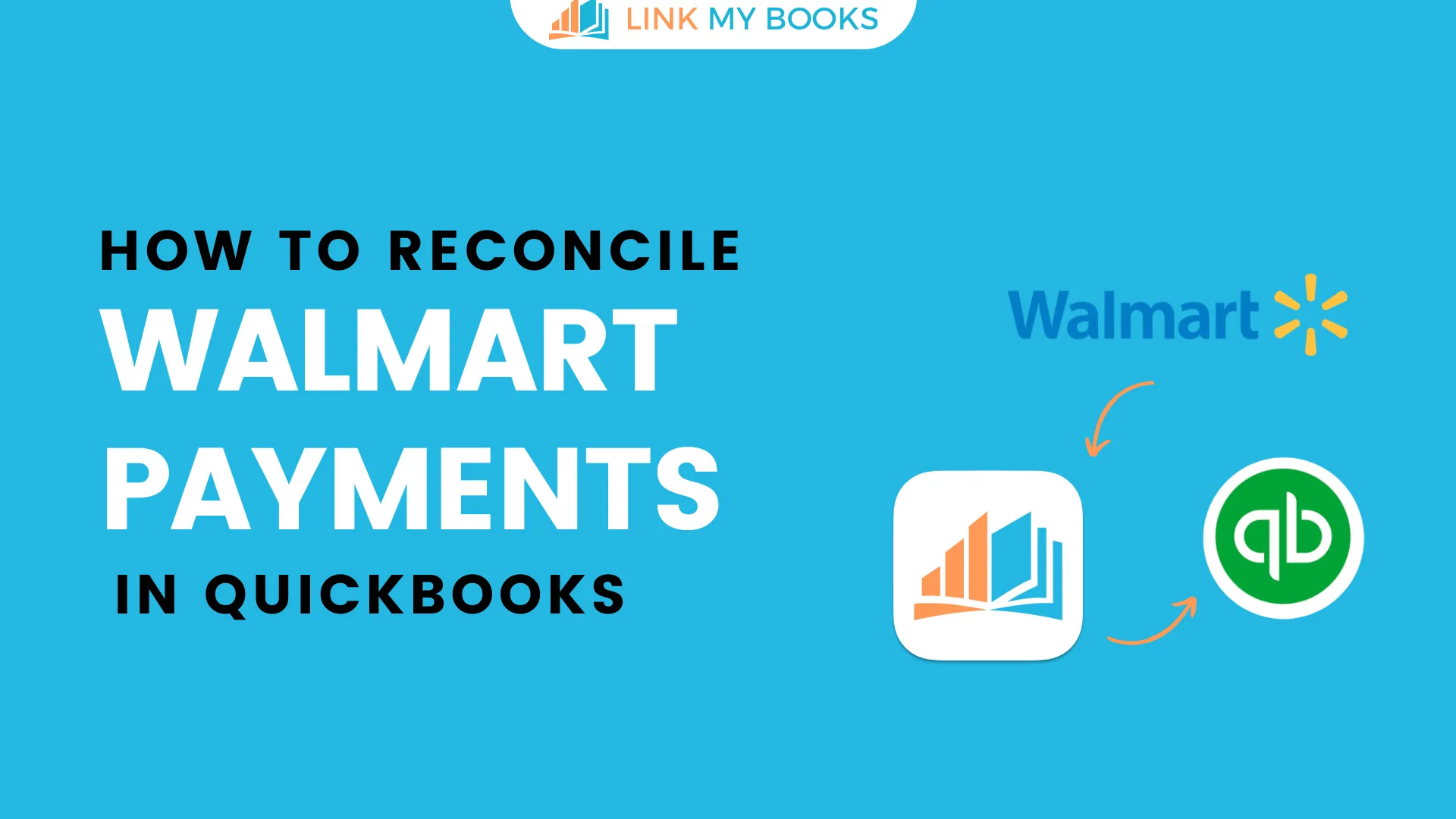
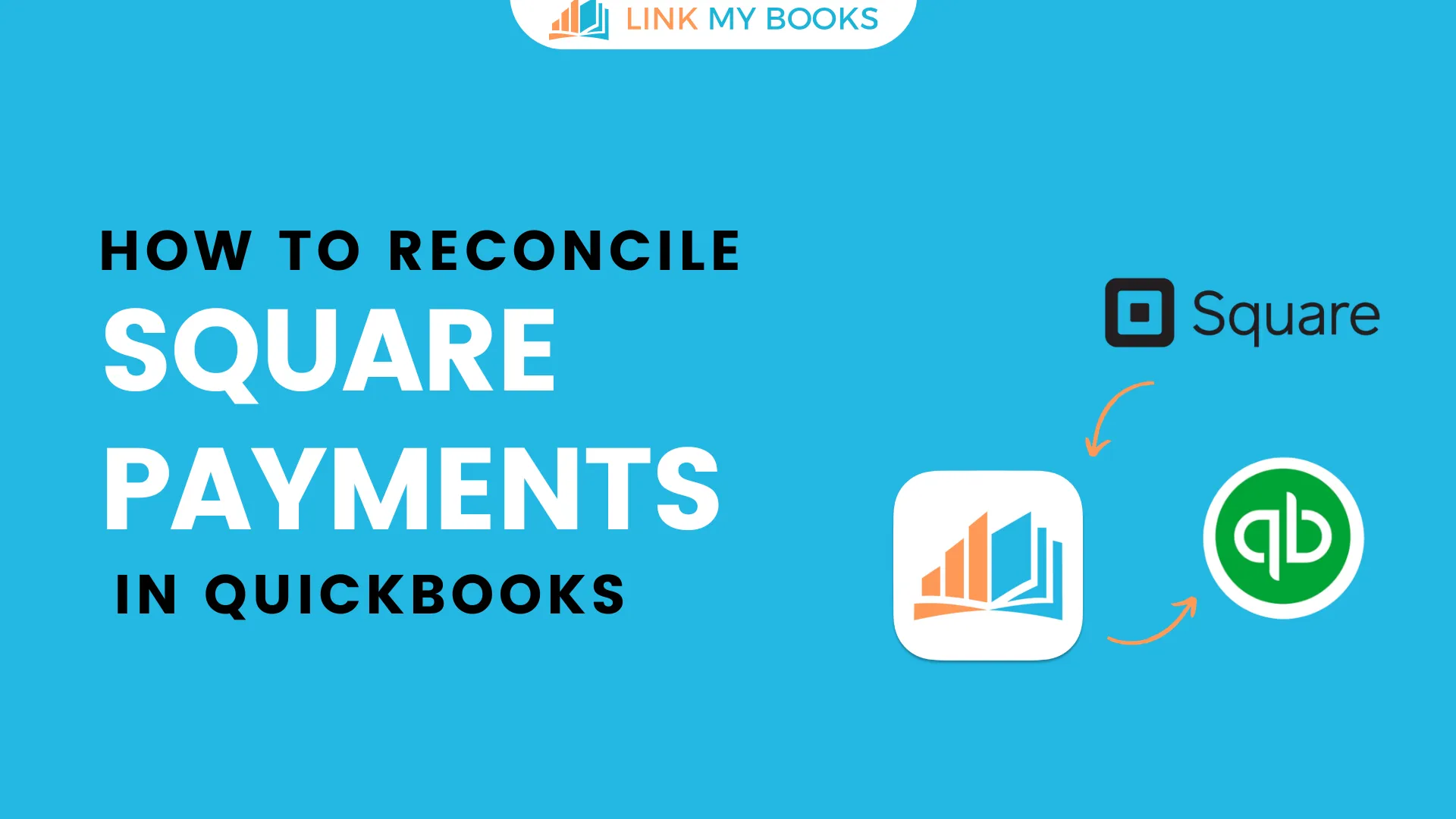
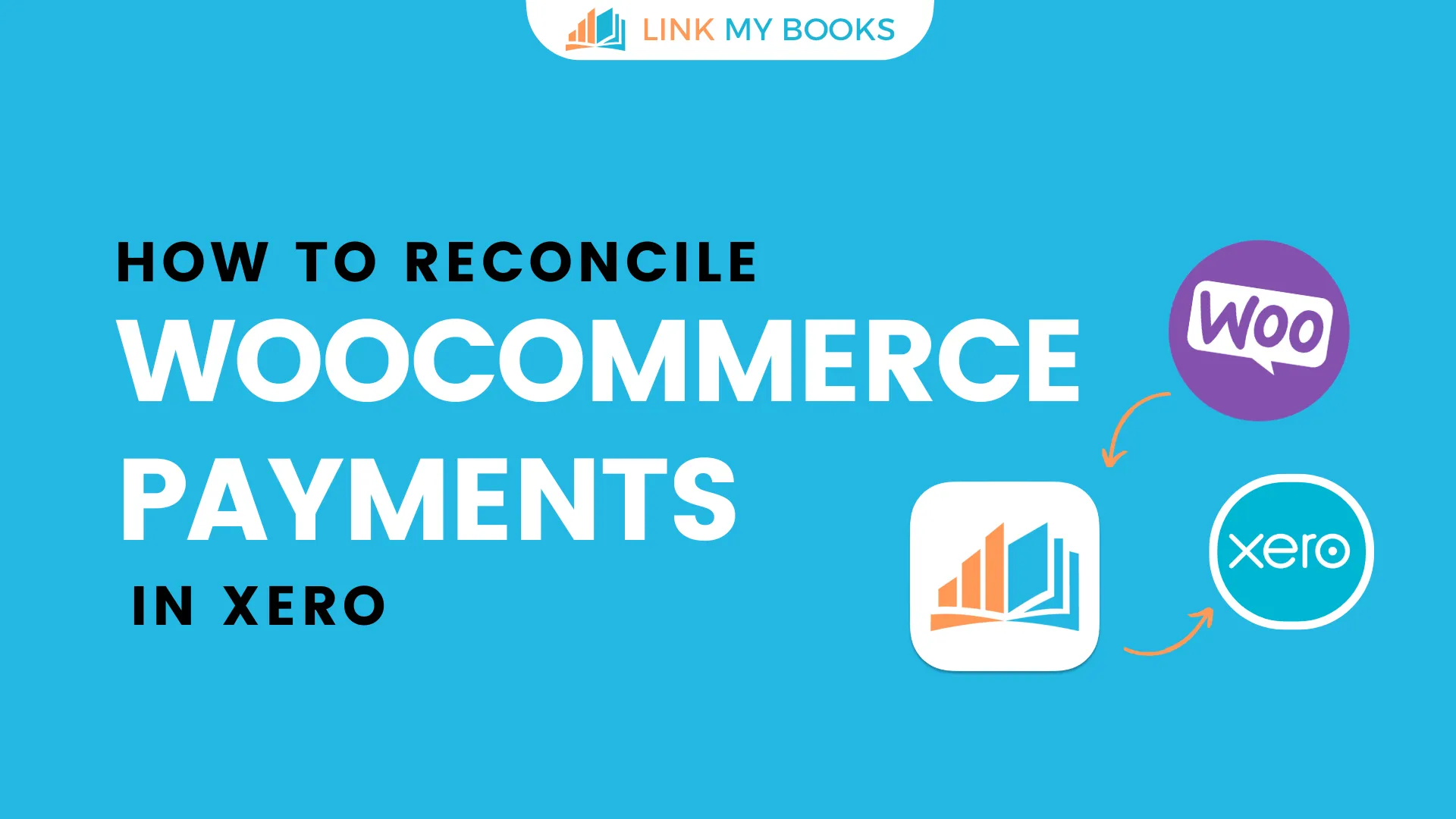
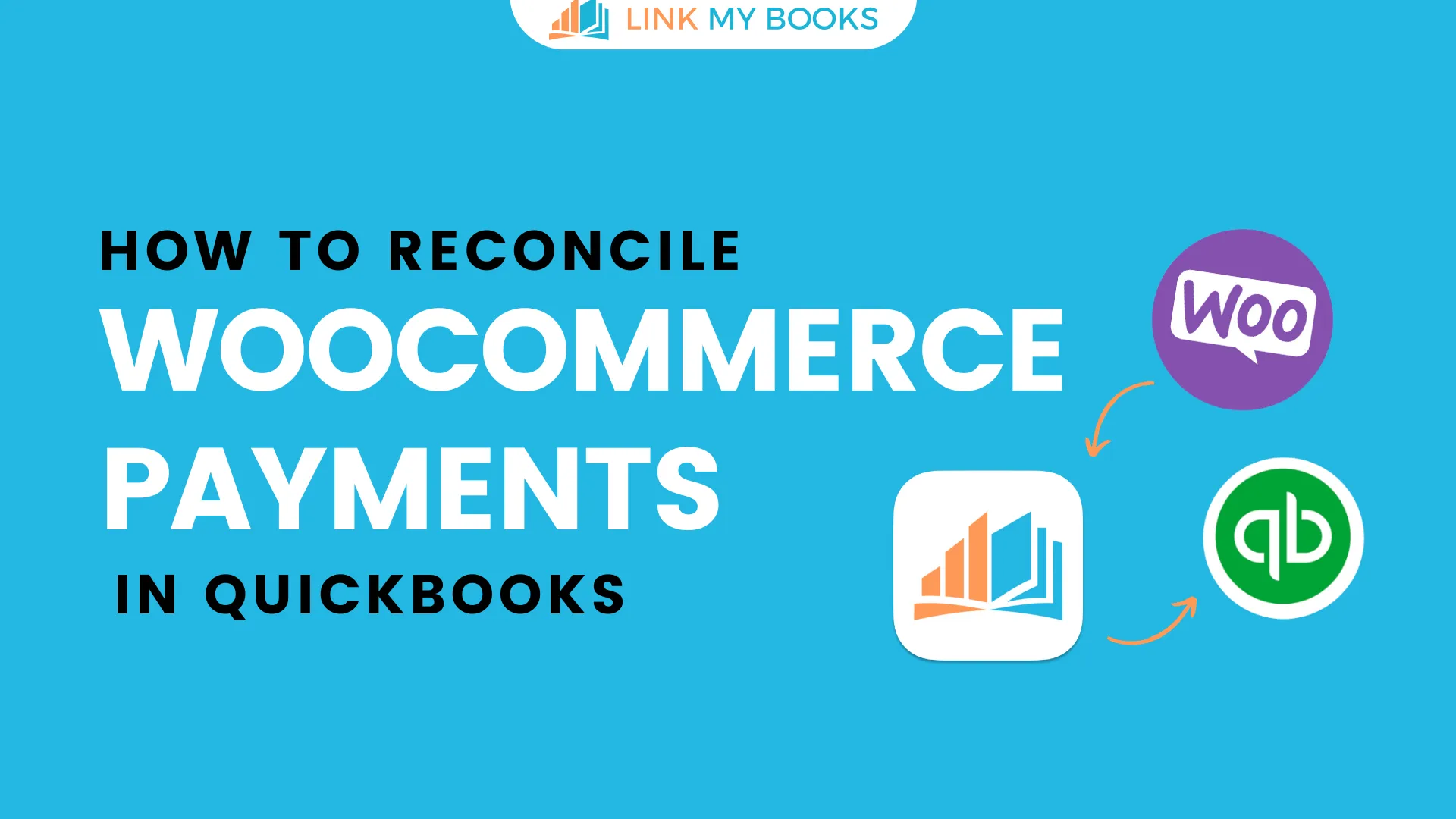
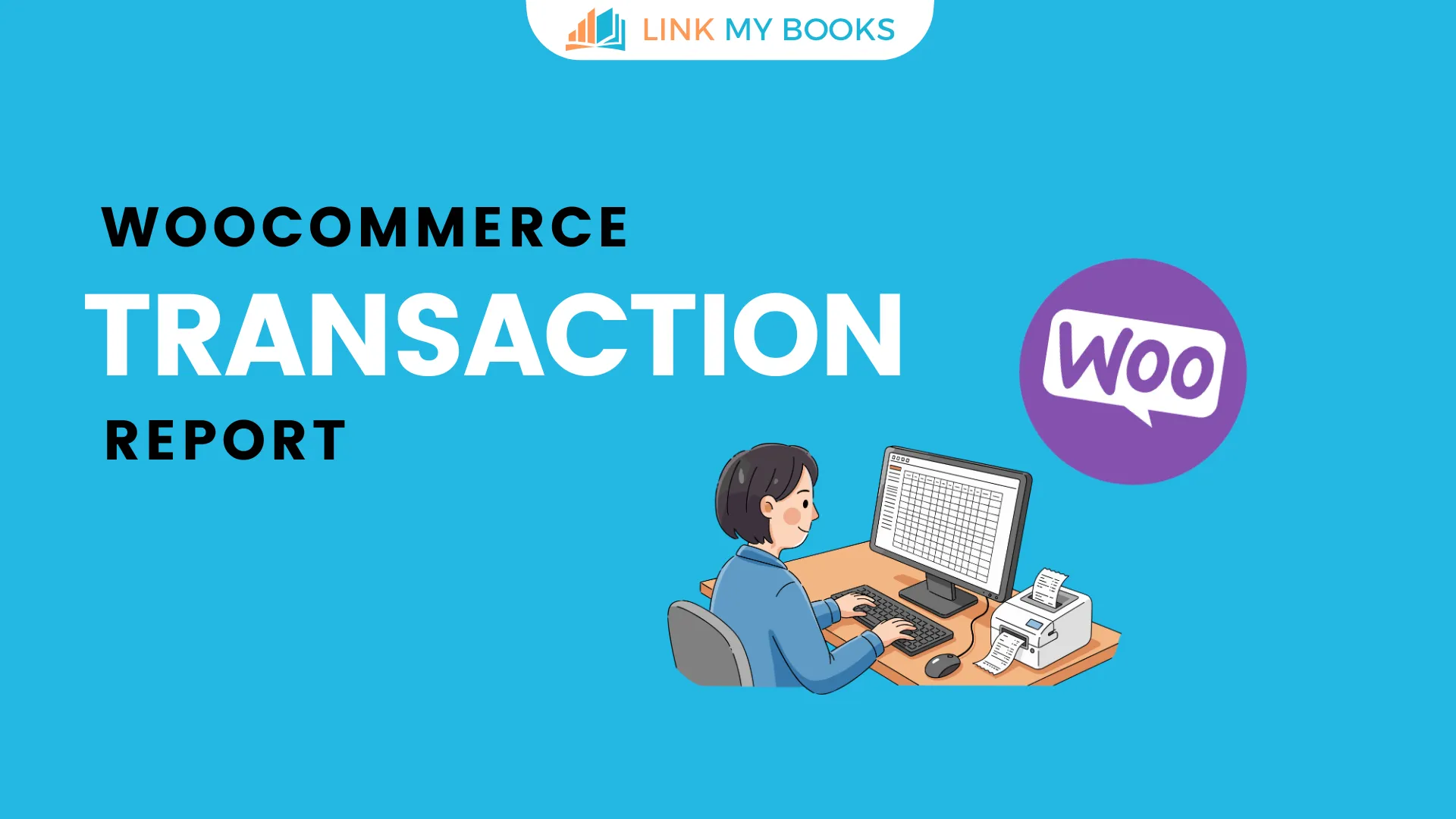


.png)